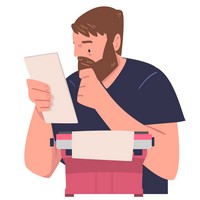Accidents happen all the time, and they often result in injury. The consequences of losing your footing and hitting the ground range from embarrassment to death with all manner of affliction in between, but if it occurs through no fault of your own, it is considered a slip-and-fall injury.
Claiming this can be complicated because you deal with many parties, including the accused, insurance companies, lawyers and medical professionals.
How do you navigate the complexity of this legal battle to be fairly compensated?
Slip and Fall Case Terminology
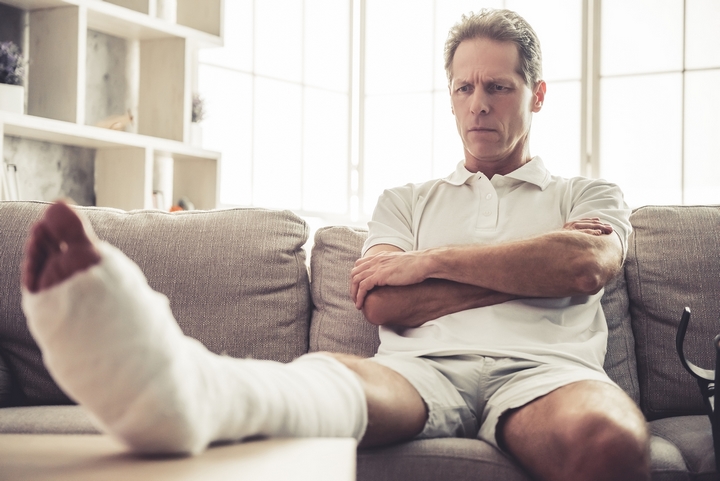
To win a slip-and-fall case, you need to prove the following:
- Liability – Duty Of Care
- Negligence – Breach Of Duty
- Responsibility – Fault
Duty Of Care
Businesses and property owners must ensure people who enter their property are kept reasonably safe and act toward others with attention, caution and prudence.
Breach of Duty
Breach of duty is when negligence or refusing to act as the defendant failed to reasonably prevent an injury.
Fault
If a defendant caused or contributed to the slip and fall accident, they must be held accountable.
Steps to Win the Slip and Fall Case
Here are the steps to successfully win your slip and fall case.
Seek Medical Attention
Before doing anything else, go to the hospital or doctor’s office to have your injuries checked out.
Collect Evidence
This is in the form of pictures, medical documentation, video, eyewitness testimony and all expenses related to the injury. You need to show how you feel and where you feel.
Contact a Lawyer
You want to consult a slip and fall lawyer for assistance. This expert in slip and fall cases offer professional representation to help you be fairly compensated.
Start Your Claim Right Away
There may be a statute of limitations for filing this personal injury claim, so don’t delay.
Proving That Your Fall Caused the Injuries
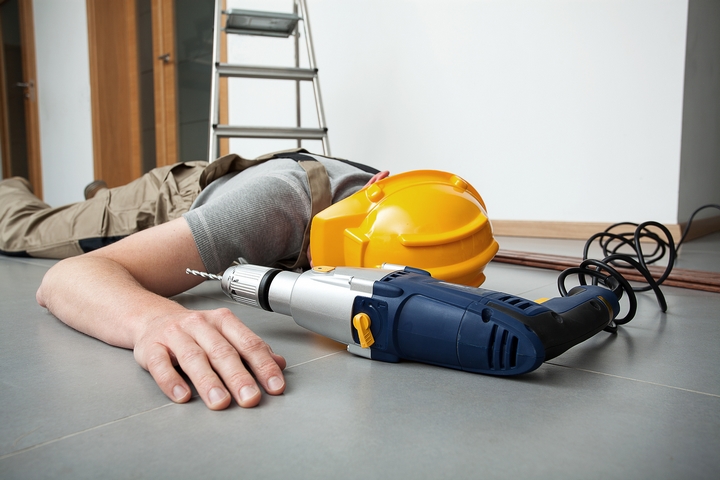
When you fall on another person’s property and get injured, that is easy to tell because the injury itself is proof. What may be more difficult, however, is whether that injury was the direct result of the fall.
You must collect medical documentation from the physician you met with and who treated the injury. Ask them to provide a letter stating that your injuries are attributable to the slip and fall.
Taking a picture of your injury immediately after it happens shows “in the moment” evidence of your injury. You can also seek out any video footage from surveillance cameras and eyewitness testimonies of the incident.
Proving Notice
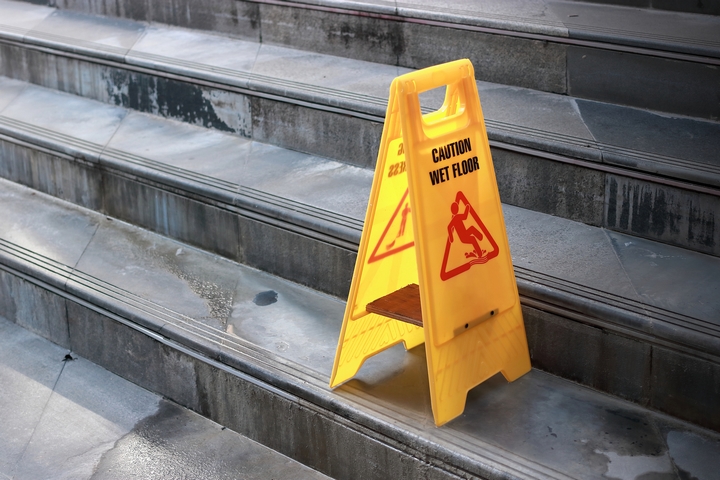
A property owner must provide a reasonably safe place for visitors and take care of hazards promptly. If there are dangerous conditions that were left unattended or ignored, you can easily prove they are at fault.
This is where video and picture evidence plays an important role, showing how long a hazardous condition existed and was overlooked. Other witnesses may be able to confirm this as well, including guests, visitors and employees. If any other slip and fall accidents occur in the same area, there should be incident reports filled out by the business. These reports also show how long a hazard has been there.
Prove timing is a crucial part of your case because if the property owner had enough time to correct the dangerous situation and failed to do so, you can more easily win your case. If, however, the hazard occurred only a few moments before your fall, the property owner may not be liable.
Types of Slips and Falls
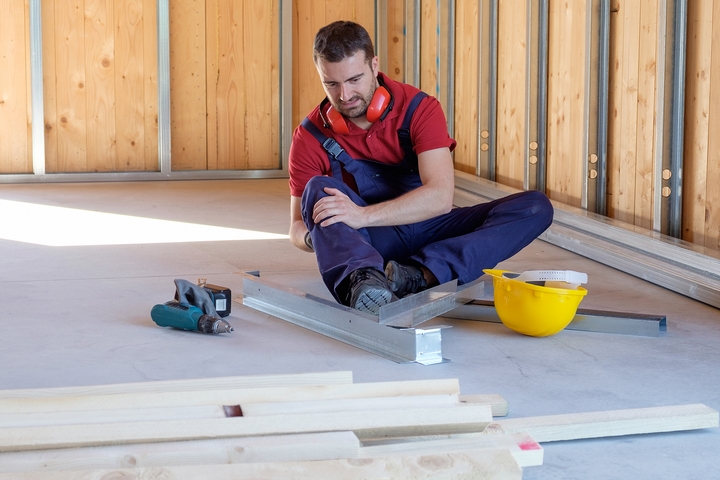
These are the most common slip-and-fall accidents.
Slip and falls on stairs
Stairs are designed for safe travel up and down, but tripping and slipping do occur because of the following:
- Missing handrails
- Unsafe carpets or rugs
- Debris on stairs
- Incorrect rise and run in stair construction
Slip and fall on floors
These are areas you walk on and include dirt, gravel, pavement, concrete, wood, tile and carpet, and if they are not level and free of obstruction, you could have a slip-and-fall accident. Damaged or missing flooring poses a hazard, as well as wet or waxed floors, holes and debris.
Slip and fall on ice and snow
Winter conditions account for many slip and fall accidents, and the property owner must ensure a clear and safe passage.
Sidewalks and paths, as well as entrances, can get snow and ice built up, and while these conditions are known hazards, a property owner should still make every effort to provide safe conditions.
Slip and fall injuries are accidental rather than intentional, and compensation for damages and expenses may include the following:
- Medical bills
- Loss of income
- Therapy costs
- Medication cost
- Pain and suffering
- Equipment needed for treatment
- Future healthcare costs
- Rehabilitation expenses
- Loss of enjoyment in life
- Caretaker costs
When you have a slip-and-fall accident, your quality of life may be diminished while you recover or for the rest of your life. You are entitled to compensation for this injury, so follow these steps to be taken care of. Above all, get the assistance of a qualified lawyer to help with your case and win a justifiable settlement.


